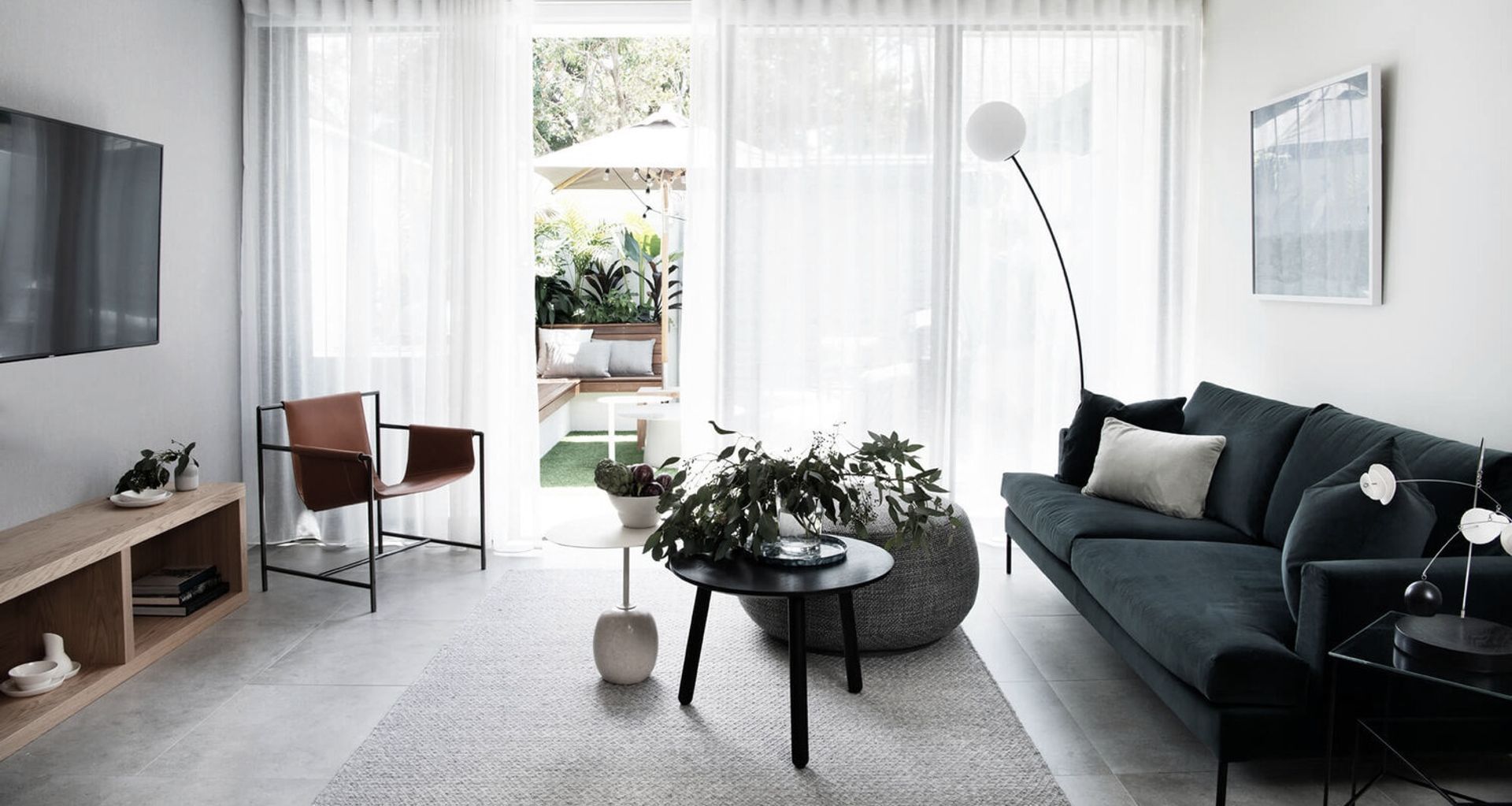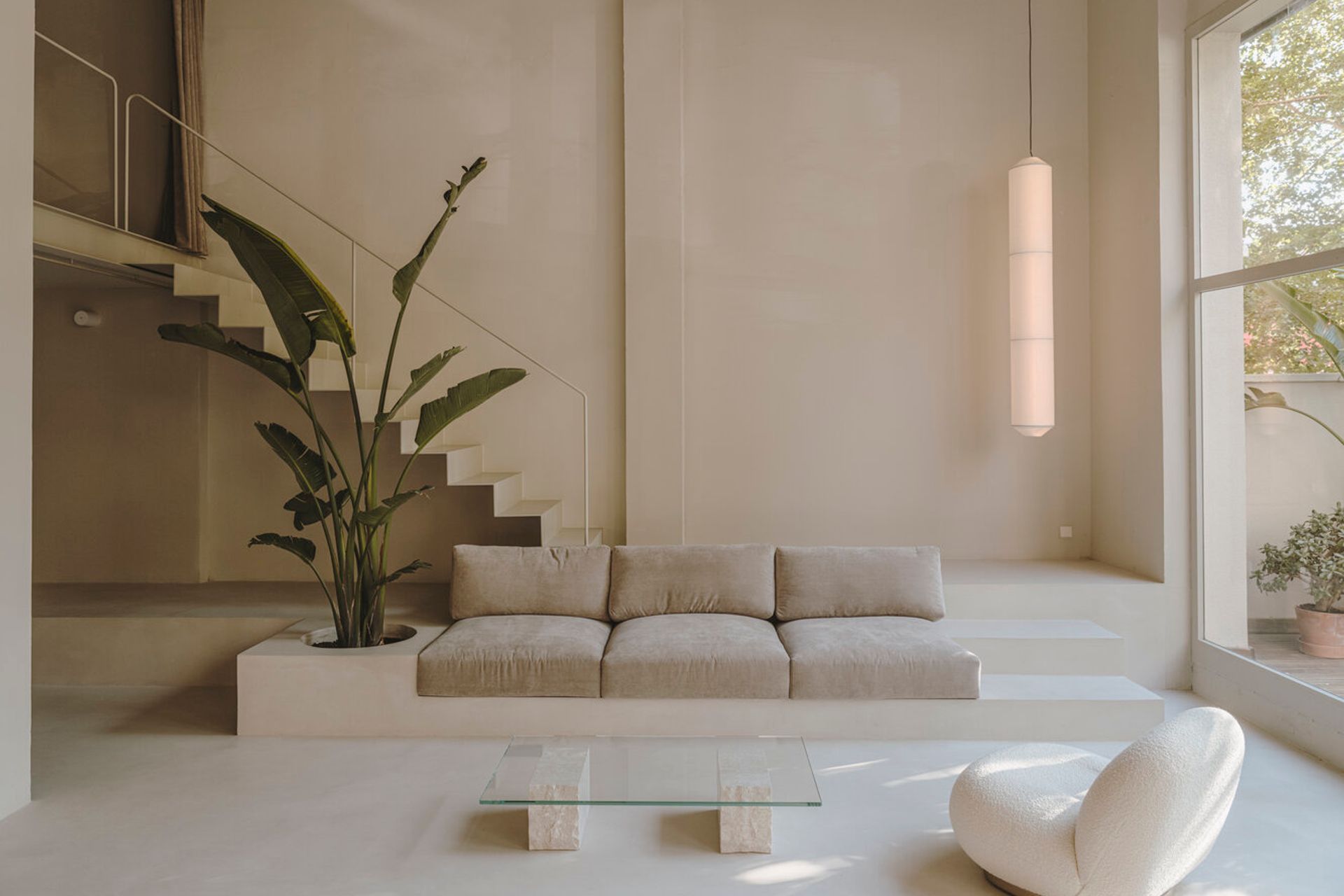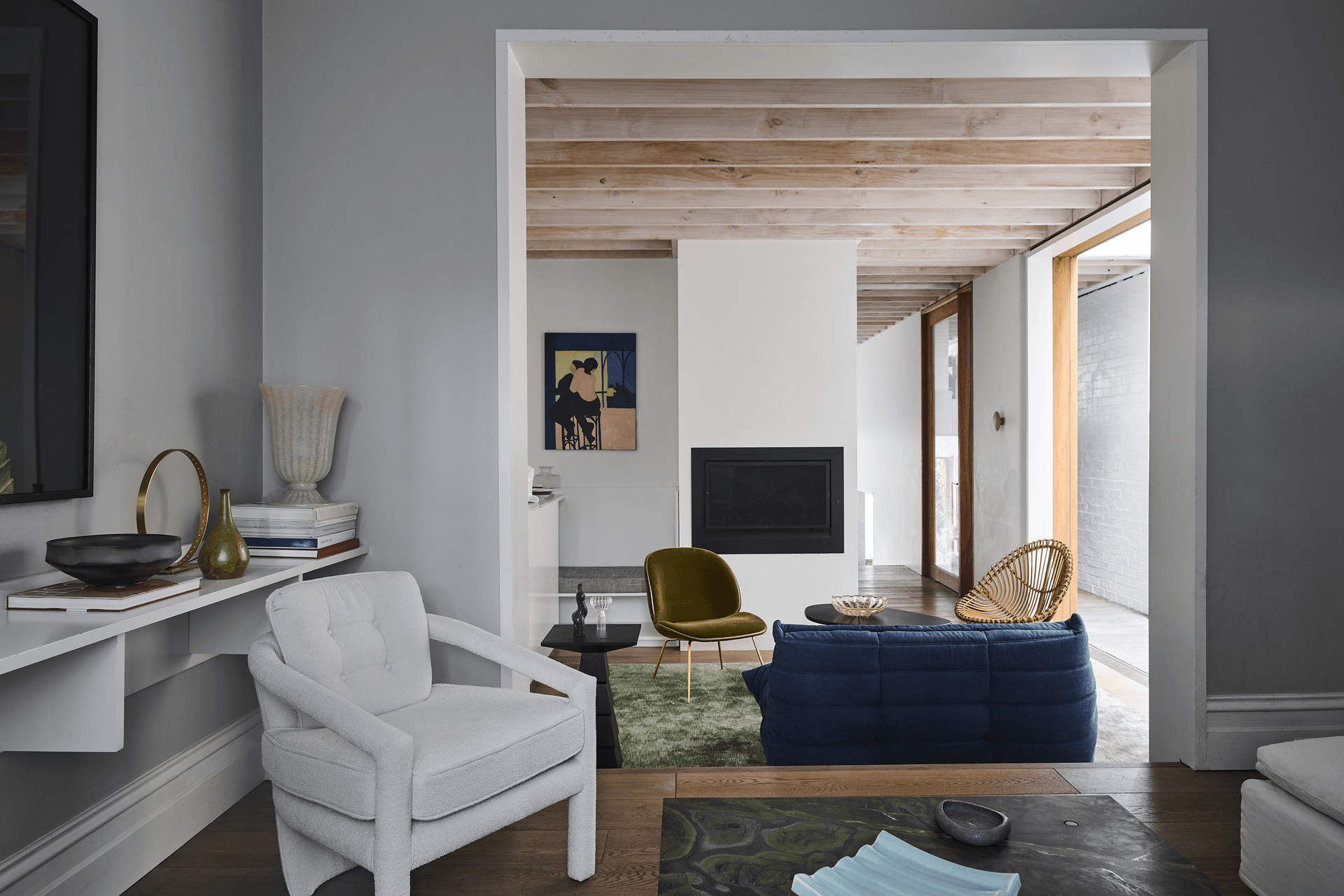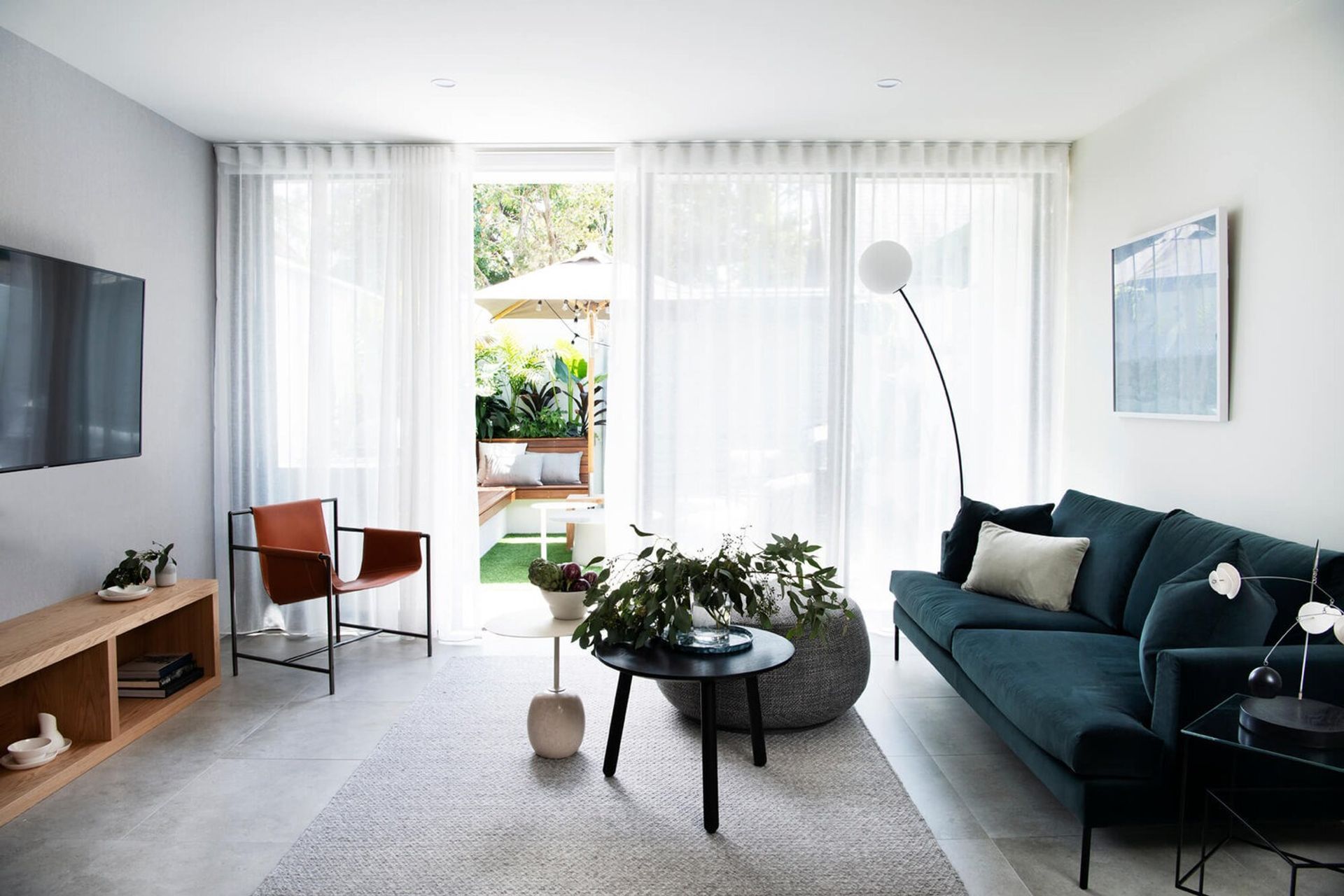These Japandi interiors combine the best of two design philosophies
Written by
09 August 2022
•
3 min read

The geographically disparate locations of Japan and Scandinavia share surprising commonalities in their approach to design. Both Japanese and Scandinavian design philosophies prioritise simple forms, natural materials, and place an emphasis on comfort and functionality.
Both design styles complement each other, with the signature comfort present in Scandinavian design theories such as Hygge and Koselig working to soften the minimalist purity of Japanese interiors while uniting with the theory of wabi-sabi, which finds beauty in imperfection. Together, they form Japandi design, a portmanteau of Japanese and Scandi.
Key elements of Japandi design
Japandi design is defined by clean lines, functional yet comfortable furniture, natural materials and organic textures, and a carefully considered approach. Biophilic design philosophies also feature heavily, with Japandi interiors looking to bring the outdoors in by incorporating plant life and an abundance of natural light.
Though both Scandinavian and Japanese interior design philosophies are typically associated with minimalism, Japandi design is curated rather than sparse. Attention is also paid to craftsmanship, with Japandi interiors prioritising high-quality, handmade pieces over mass-produced ones.
The Japandi colour palette is largely neutral, but not monotone. Calming, nature-inspired hues take centre stage, with mustard yellow, navy blue, forest green, and earthen clay interspersed amongst base shades of cream, beige, and sand.
Curated pieces
The new Six N. Five multidisciplinary studio in Barcelona showcases the tranquil effect of Japandi interiors. Biophilia is incorporated throughout, with indoor plants placed around the space as well as expansive windows that let natural light in while showing off the greenery outdoors. Furniture is well-curated, with quality statement pieces doing the talking. A sofa is integrated into the staggered platform, showcasing the intersection of function and form, while a poofy boucle armchair nods to the comfy and cosy aesthetic of Scandinavian design.
Thoughtful decor
Japandi interiors might be minimalist, but they aren't completely devoid of accoutrements. The Hopetoun displays ceramic vases and bowls as well as coffee table books, hinting at functionality even through decor. The deep brown timber shelving and complementary grey marble speak to the Japandi philosophy of using beautiful natural materials.
Calming colours
An 'exploration of the unfinished', several design styles unite in Bondi Junction House. Using locally available pine and Cararra stone injects the home with a Japandi sensibility, as does the use of tranquil, nature-inspired colours. In the living room, soothing hues of deep blue and sea green work to create a relaxing space, while statement artwork and sculptural decor add interest. Multiple furniture styles feature throughout, making each piece a statement in its own right.
Biophilic beauty
Perfectly epitomising the indoor-outdoor approach to design in Japandi interiors, Juxtapose Terrace makes a compact space feel expansive by connecting the inside with the outside. House plants bring greenery into the living room, while sliding glass doors lead to an outdoor room. Furniture is streamlined but approachable, with a plush sofa that priorities comfort juxtaposed with a cool stone coffee table. Clean lines allow artwork and decor accessories to take centre stage, while textural and tonal contrast reign supreme throughout.
Keen to buy once, buy well? Embrace the beauty in imperfection by exploring wabi-sabi design.



